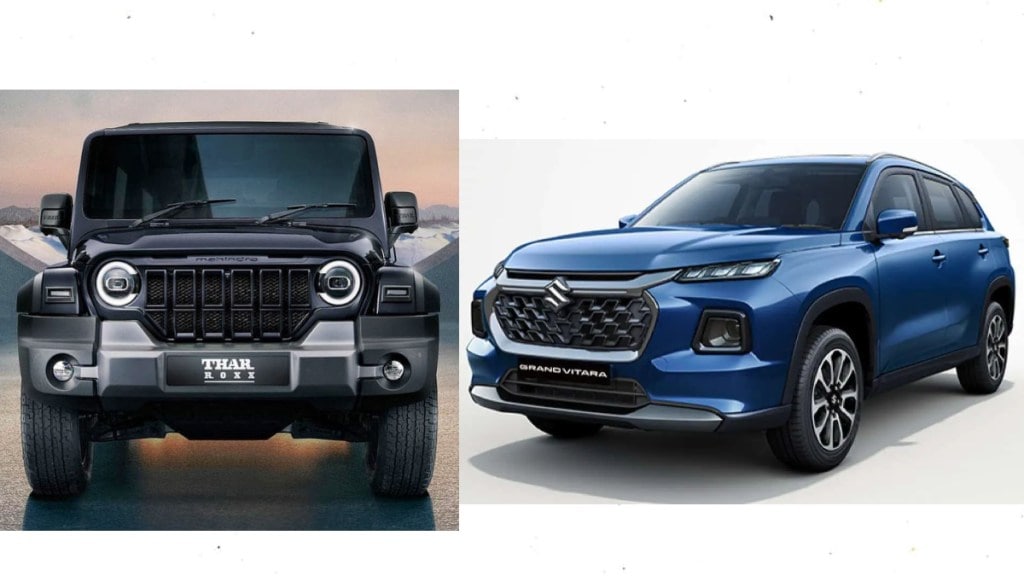Whenever a new SUV/crossover is launched, one of the most pertinent questions everyone asks is whether the vehicle offers 4WD or AWD functionality or not. It should be noted that all-wheel drive (AWD) or four-wheel drive (4WD) is one of the basic and essential criterias to certify a vehicle as an SUV.
Any vehicle which doesn’t come equipped with either is simply not an SUV. Hence, most of the so-called “SUVs” on sale in the market today are pseudo SUVs. But there is a big difference between 4×4 or 4WD and AWD. Each has their own set of benefits and usages. We explain the differences, and their intended usage. We also explain what electric AWD is and how it differs from the other two technologies.
Four-wheel-drive (4WD or 4×4)
This is the oldest and most traditional way of sending power to all four wheels. This is mostly found in true blue SUVs which are meant to encounter all sorts of terrain, road and off-road. This is also the most mechanical setup which consists of one differential for each of the axles which sends power to each wheel via the gearbox and a transfer case.
The transfer case, on the instruction of the driver or electronically, determines when and which axle needs to be powered. To further enhance a vehicle’s off-roading capabilities, manufacturer’s offer locking or limited slip differentials which allow the transmission to supply different power to each wheel.
Common and rare examples of such a setup areMahindra Thar, Thar Roxx (4WD variants), Scorpio N, Maruti Suzuki Jimny, Force Gurkha (3-door and 5-door), Toyota Fortuner, etc. Another common attribute among the models mentioned above is a ladder-on-frame chassis which ideally suits a 4×4 drivetrain.
All-wheel drive (AWD)
Unlike 4WD, all-wheel drive is more modern and comprises fewer mechanical and more electronic components. AWD also offers a differential on each axle but doesn’t come with a transfer case. There are many types of AWDs with different use cases. We will broadly classify them into two categories for a simpler understanding: full-time and part-time.
In full-time AWD, power from the engine is transferred to all four wheels at all times uniformly. Such a system is useful for high-powered cars when driving on smooth roads to put down the power effectively via all four wheels. Hence, one will find such a system common in high performance cars, the likes of Mercedes-AMG, BMW M range, Audi RS range, etc.
In part-time AWD, the car runs mostly on two wheels— either the back or the front— and uses all four wheels only when the need arises such as when the road is slippery, rocky or lightly muddy terrains, etc. The whole purpose of such a system is to power all four wheels to tackle mild off-road conditions. To offer better capabilities, manufacturers can offer electronically limited slip differentials. Best examples of this technology are Maruti Grand Vitara, Jeep Compass, Toyota HyRyder, Skoda Kodiaq, etc.
Electric All-wheel drive (e-AWD)
Electric all-wheel drive (e-AWD) can be seen as an extension of conventional AWD but mostly found in fully-electric, strong or plug-in hybrid vehicles. Here, the power supplied is through a battery which is then transferred to two or more motors mounted on the drive axles. There are no separate differentials since EVs don’t require a transmission and the power delivery is seamless and instantaneous.
However, there are still many innovations in development when it comes to e-AWD since EVs are still at a nascent stage. Models like the all-electric Mercedes-Benz G-Wagon, and GMC Hummer EV promise the full capabilities of a proper off-roading SUV, like their fossil fueled siblings.
